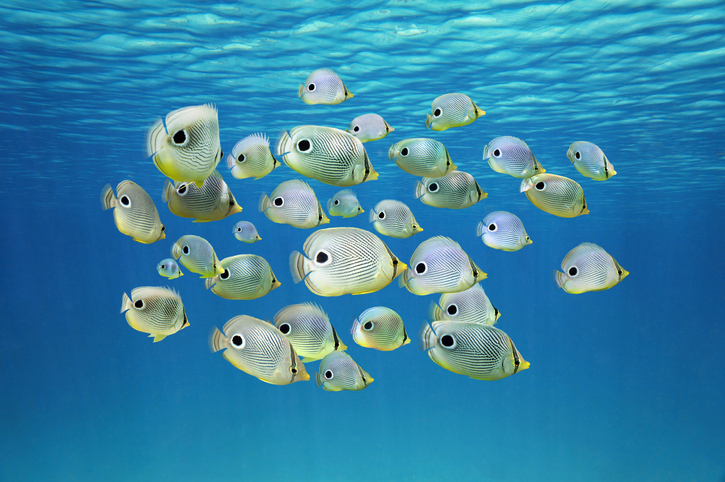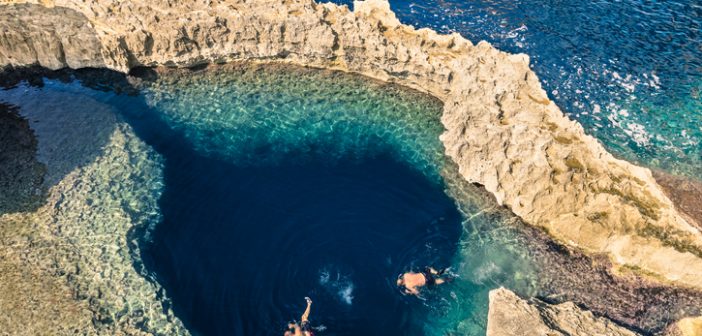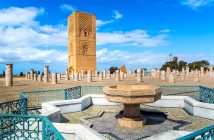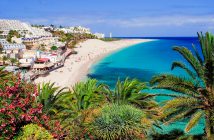Belize has reasserted its desire for tourism that fights tooth and nail to protect the environment – with no possibilities of massification or all-inclusive packages – with a conscientious offering of boutique hotels and crystalline waters that divers can only dream of.
With most of Belize’s tourists heralding from the United States of America (USA), Europe and Canada, the country’s Minister for Tourism, Manuel Heredia, has launched an ambitious promotion campaign to attract Latin American tourists, especially Mexicans, due to their geographical proximity and the cultural and historical similarities between the two countries.
Belize, a nation of only 400,000 inhabitants that is located on the Yucatán Peninsula, boxed between Guatemala and Mexico, welcomes 1.5 million tourists to its shores every year from cruise ships alone, with another 490,000 tourists travelling by other means.
Belize’s economy relies heavily on tourism, representing 38% of the country’s gross domestic product (GDP). It was first put on the map by the singer Madonna when she fell in love with La Isla de San Pedro during one of her trips.
Her experience was the inspiration for her popular song “La Isla Bonita”, which is how the island is referred to nowadays.

The inhabitants of the neighbouring island attributed the nickname “La Isla Cariñosa” to their own home, so as not to be left out.
Belize’s other main international ambassador is the actor Leonardo DiCaprio, who bought an island under the condition that any development is carried out in accordance with the country’s strict sustainability policy, which is key to Belize’s touristic development.
This weekend, as part of a 25-year strategic plan, the Belize Minister for Tourism presented the new campaign entitled “Belize: So exotic. So near” in Mexico City.
“Our target is sustainable tourism. We want nothing to do with all-inclusive packages”, stated Manuel Heredia.
Proof of this is that 70% of the island’s land and waters are protected areas, which explains why it only has 9000 rooms spread across 807 small boutique hotels. Every restaurant, meanwhile, is owned by small business owners from Belize, offering locally-sourced cuisine.
Karen Bevans, Director of the Belize Tourist Board, proudly declared that “there isn’t a single McDonald’s, Burger King or Pizza Hut in Belize”. Her aim is to attract tourists – primarily Mexican tourists – to the country, as despite their geographical proximity and having so much in common, such as sharing the Mayan universe, neither neighbour is aware of this.
Belize’s tourist attractions are like those of Mexico in many ways, with people visiting to savour the local cuisine and marvel at Mayan archaeology. However, a distinguishing feature of the Belize attractions is their Caribbean influence, which is more heterogeneous owing to the mixture of cultures, religions and ethnic diversity.
From the first Mayan populations until the arrival of the Creole people, Belize has always been hugely multicultural. This ethnic diversity includes descendants of Baymen slaves; Garifuna people, who were the offspring of African and native Caribbean people; Spanish, English and Scottish European colonisers; and mestizos, the offspring of Spanish and Mayan people.
panish people explored the land, with Belize falling under the remit of the General military government of Guatemala, but they decided not to colonise it because of the lack of resources and due to the Mayan’s strong defence of the Yucatán Peninsula.
Later, in 1638, English and Scottish settlers (and subsequently pirates, known as Baymen) set up along the coast, in search of a protected area from which they could attack Spanish ships.
Besides the great warmth of its people, the main attractions of Belize are its diving and snorkelling opportunities as well as its gastronomy, which is predominantly sea-based, with a range of fresh fish, shellfish and lobsters.
The cuisine in Belize is inspired by Mexican and Caribbean food, with minimal Anglo-Saxon influences despite once being a British colony. Rice, beans, fish, vegetables, tamales, pozoles and panuchos (stuffed tortilla), with a Caribbean twist of coconut milk and fried banana, are staples of the local diet.
Part of the second biggest barrier reef in the world, Belize boasts an infinite range of marine species that can be easily observed. It is for this reason that Belize is one of the world’s most visited destinations for admiring the beauty of the Great Blue Hole.
The coastline is skirted by coral reefs and around 450 islands and islets. Three of the Western Hemisphere’s four coral reefs can be found along Belize’s coast.
In the depths of the jungle, you can also find magnificent archaeological areas that allow you to delve into Mayan culture. These include the Actun Tunichil Muknal cave, the Xunantunich ruins and the Che Chem Ha, Blue Creek and Tiger Caves, which are treasures that represent only 10% of the archaeological areas explored to date.






